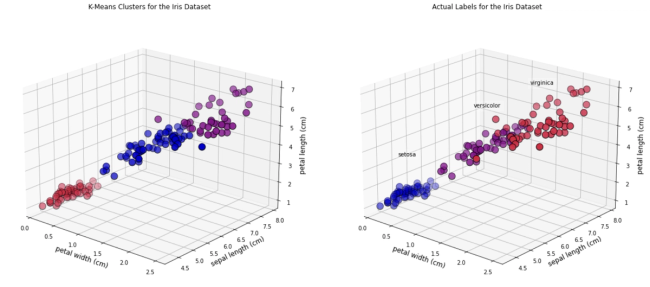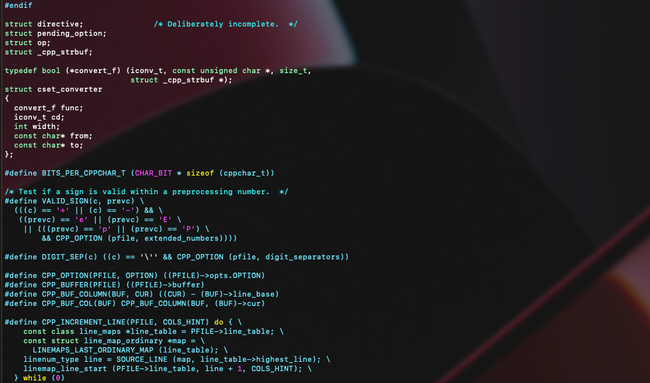Subject archive for "machine-learning," page 4

Getting started with k-means clustering in Python
Imagine you are an accomplished marketeer establishing a new campaign for a product and want to find appropriate segments to target, or you are lawyer interested in grouping together different documents depending on their content, or you are analysing credit card transactions to identify similar patterns. In all those cases, and many more, data science can be used to help clustering your data. Clustering analysis is an important area of unsupervised learning that helps us group data together. We have discussed in this blog the difference between supervised and unsupervised learning in the past. As a reminder, we use unsupervised learning when labelled data is not available for our purposes but we want to explore common features in the data. In the examples above, as a marketeer we may find common demographic characteristics in our target audience, or as a lawyer we establish different common themes in the documents in question or, as a fraud analyst we establish common transactions that may highlight outliers in someone’s account.
By Dr J Rogel-Salazar13 min read

Feature extraction and image classification using Deep Neural Networks and OpenCV
In a previous blog post we talked about the foundations of Computer vision, the history and capabilities of the OpenCV framework, and how to make your first steps in accessing and visualising images with Python and OpenCV. Here we dive deeper into using OpenCV and DNNs for feature extraction and image classification.
By Dr Behzad Javaheri13 min read

Getting Started with OpenCV
In this article we talk about the foundations of Computer vision, the history and capabilities of the OpenCV framework, and how to make your first steps in accessing and visualising images with Python and OpenCV.
By Dr Behzad Javaheri13 min read

Speeding up Machine Learning with parallel C/C++ code execution via Spark
The C programming language was introduced over 50 years ago and it has consistently occupied the most used programming languages list ever since. With the introduction of the C++ extension in 1985 and the addition of classes and objects, the C/C++ pair keep a central role in the development of all major operating systems, databases, and performance critical applications in general. Because of its efficiency, C/C++ underpin a large number of machine learning libraries (e.g. TensorFlow, Caffe, CNTK) and widely used tools (e.g. MATLAB, SAS). C++ may not be the first thing that springs to mind when thinking about Machine Learning and Big Data, but it is omnipresent everywhere in the field where lightning fast computations are needed - from Google's Bigtable and GFS to pretty much everything GPU related (CUDA, OCCA, openCL etc.)
By Nikolay Manchev12 min read

Semi-uniform strategies for solving K-armed bandits
In a previous blog post we introduced the K-armed bandit problem - a simple example of allocation of a limited set of resources over time and under uncertainty. We saw how a stochastic bandit behaves and demonstrated that pulling arms at random yields rewards close to the expectation of the reward distribution.
By Nikolay Manchev6 min read

Increasing model velocity for complex models by leveraging hybrid pipelines, parallelization and GPU acceleration
Data science is facing an overwhelming demand for CPU cycles as scientists try to work with datasets that are growing in complexity faster than Moore’s Law can keep up. Considering the need to iterate and retrain quickly, model complexity has been outpacing available compute resources and CPUs for several years, and the problem is growing quickly. The data science industry will need to embrace parallelization and GPU processing to efficiently utilize increasingly complex datasets.
By Nikolay Manchev10 min read
Subscribe to the Domino Newsletter
Receive data science tips and tutorials from leading Data Science leaders, right to your inbox.
By submitting this form you agree to receive communications from Domino related to products and services in accordance with Domino's privacy policy and may opt-out at anytime.